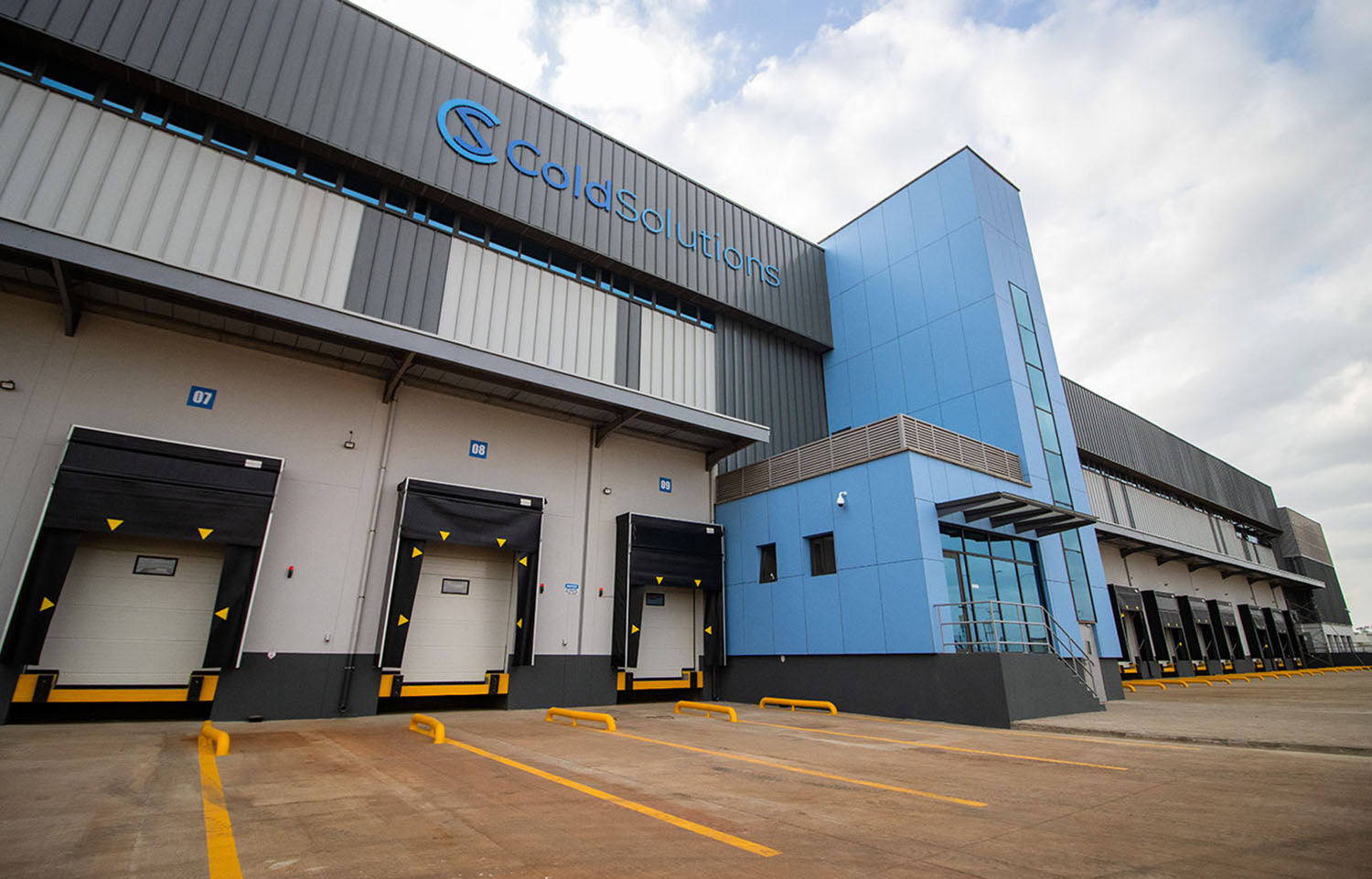A Kenyan company specializing in cold storage has opened a facility in the country’s capital of Nairobi, pushing the East African nation closer to majorly reducing post-harvest seafood losses.
ARCH Cold Chain Solutions Fund’s USD 70 million (EUR 64 million) facility can store up to 18,000 metric tons (MT) of seafood and other perishable products and aims to support both domestic and international retailers and traders in effectively addressing food waste, such as total product loss due to spoilage as well as unintended dips in quality that erode products’ monetary value.
“The facility is the first of its kind in Africa due to the flexibility of its services, the product ranges it can accommodate, and the temperature ranges within which it can operate,” ARCH Emerging Markets Partners Limited (AEMPL) said in a statement. AEMPL oversees Arch Cold Chain Solutions East Africa Fund (CCSEAF), a private equity fund that invested in the project.
The opening of the Nairobi facility only marks the beginning of CCSEAF’s plans for East Africa, as the company intends to develop, finance, construct, and operate six to eight more cold-chain storage facilities in Kenya, Tanzania, Ethiopia, Uganda, and Rwanda within the next five years. These facilities will have an estimated combined capacity of 102,000 MT to address the current shortage of temperature-controlled supply chains in the region, according to the African Development Bank – a lender that provided USD 10 million (EUR 9.1 million) to the project. The project also received EUR 15 million (USD 16.4 million) from the European Investment Bank.
The funding allowed ARCH Cold Chain Solutions to equip its Nairobi facility with renewable power, effectively minimizing emission levels while also addressing the challenge of unreliable power grids that affect the region’s cold-storage capabilities.
Kenya, which produced almost 164,000 MT of fish valued at around USD 188 million (EUR 173 million) in 2021, the most recent year for which data is available, has no precise documented figures on post-harvest seafood losses. For the region as a whole, though, the U.N. Food and Agriculture Organization estimates 37 percent of food produced in sub-Saharan Africa is lost at points along the value chain, revealing an urgent need for solutions to help the industry reduce losses.
Even with the Nairobi facility coming online, Kenya still lacks cold storage capacity. Of the country’s 557 documented landing sites, 61 percent of which surround Lake Victoria, only 25 sites, or 4 percent, have temperature-controlled areas installed, with just two being used for storage, according to a Shell Foundation report. Only 13 percent of the landing sites have ice available, and just 20 percent have access to reliable electricity supply.
Kenya President William Ruto recently addressed the issue, calling for ...
Photo courtesy of Cold Chain Solutions








